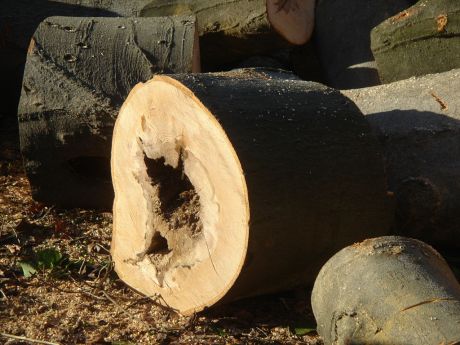
Timber industry production lines require manual tasks such as wood patching that hinder productivity. An EU initiative has developed robotic technology to increase throughput and competitiveness while reducing labour costs.
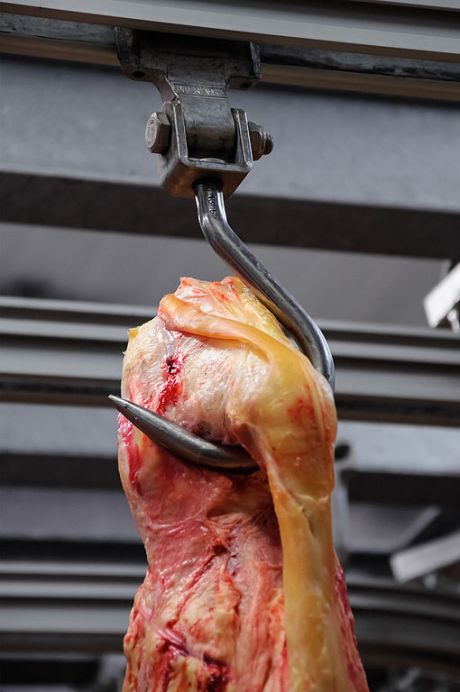
A group of EU research institutions and small companies have developed a prototype device that classifies pork cuts on the basis of colour and quality.

An EU research project has produced a bioelectrical cell-based sensor for rapid detection of pesticides and specific organic contaminants in fresh produce, cork and wine.
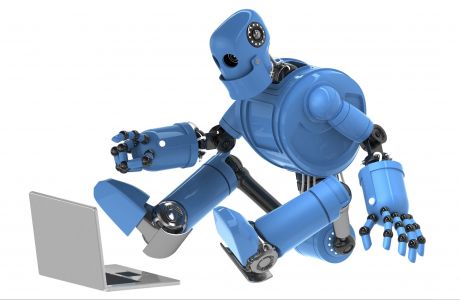
Robots can offer an effective automation solution to support the European manufacturing industry in assembly tasks. An EU initiative is designing cost-effective robot systems and applications for assembly lines.

Robots can offer an effective automation solution to support the European manufacturing industry in assembly tasks. An EU initiative is designing cost-effective robot systems and applications for assembly lines.
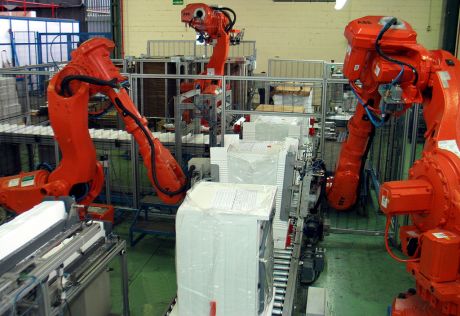
The time has come for robots and operators to work alongside each other on assembly floors. An EU initiative is proposing a solution where they safely cooperate with each other via a user-friendly interaction system.
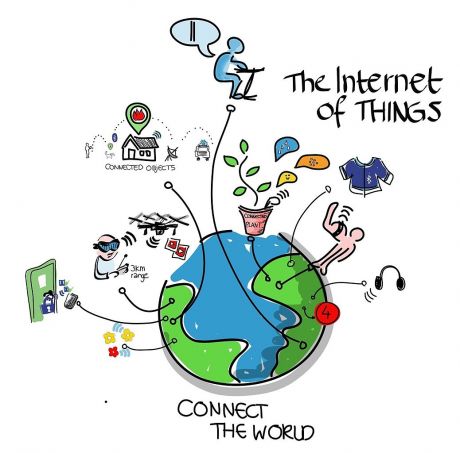
European-Korean collaboration in the fields of ambient intelligence and ubiquitous computing promises to rapidly advance the Internet of Things (IoT).

Fuel cells are a promising candidate technology in helping to improve environmental performance of next-generation aircraft and can operate using a variety of fuels. An EU-funded project looked at ways to produce hydrogen from the jet fuel that aircraft already carry.

Synthetic oxygen barriers protect foods, pharmaceuticals and cosmetics from detrimental contact with air and moisture. EU-funded scientists have developed novel bio-based barriers from cheese by-products for complete recyclability.
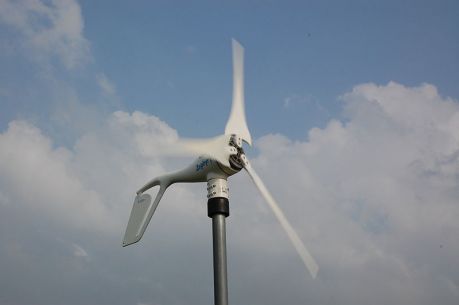
EU-funded scientists developed an innovative laser optical procedure that allows measurement of material deformation in wind turbine blades.
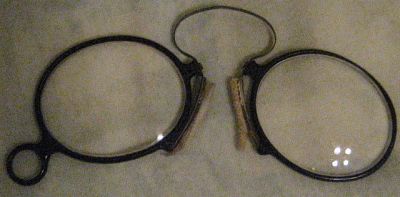
There are roadblocks to designing and manufacturing lenses and frames based on specific end-user specifications and then making them commercially viable. An EU initiative has developed technology and flexible and easily reconfigurable business models to produce and bring to the market these new products.
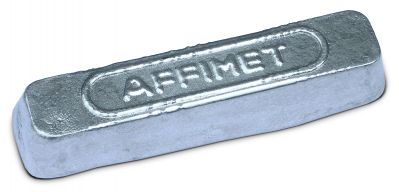
The amount of lightweight aluminium in new cars is increasing, but current methods to get rid of hydrogen gas (H2) bubbles that create porosities are expensive, inefficient and hazardous. Novel ultrasonic technology is headed to market to keep aluminium on the road.
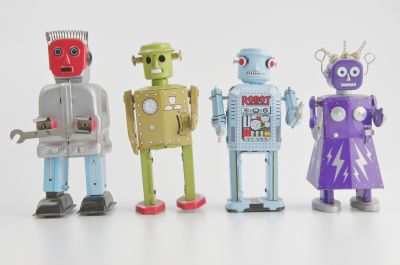
Routine inspection and maintenance can be anything but routine in large industrial settings. An EU initiative has developed autonomous robotic technology to protect capital investment and promote human safety.

European small and medium-sized enterprises (SMEs) working in the cast iron foundry business require modernisation to remain competitive. A large European consortium is implementing lean manufacturing principles and advanced control to fill this need.
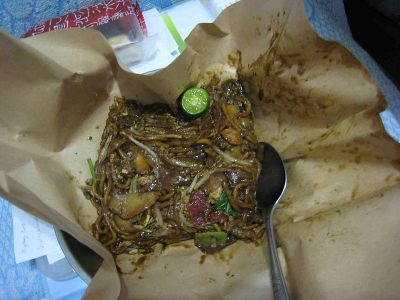
EU-funded researchers have advanced a new generation of sustainable, smart printed products. Integrating paper and electronics they have developed highly functional, printable labels that can reveal temperature, toxicity or pollution levels.

Buildings account for approximately 40 % of total EU energy consumption. An EU project has developed new insulation solutions applicable to façades, wall cavities and interiors to transform buildings constructed before 1975 into energy efficient units, with minimal disruption for occupants.

Europe’s small- and medium-sized enterprises (SMEs) in the composites business are battling competition from lower labour cost countries. High-performance composites made with low-cost injection moulding should shift the balance in favour of EU SMEs.
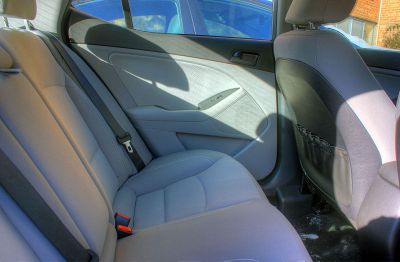
The average car uses approximately 40 to 50 square metres of fabric, and not only in its upholstery. Textile fibres are used in seat belts, interior panels, sandwich panels and more, so switching to biopolymers from polyester will make cars much greener.

Strong and lightweight metal and metal alloy components are cornerstones of products in the automotive, wind power and construction sectors. Novel nano-reinforcements and improved casting technologies will enhance product performance and industry sustainability.
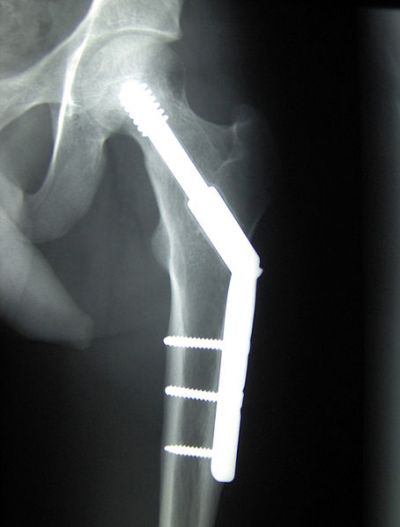
Ageing, trauma and poor lifestyle can all contribute to weak joints that sooner or later require implants for bone support or replacement. Current orthopaedic implants require revisions with time-consuming surgeries and long patient recovery time.

A very powerful platform that exploits mass spectrometry (MS) to simultaneously identify biologically relevant proteins, lipids and carbohydrates could change the face of clinical medicine.
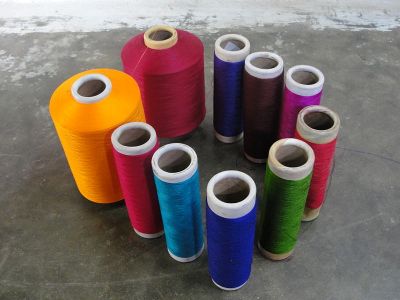
Researchers are using low-value plant raw materials to produce bio-based synthetic fibres for the textile industry in a cost-competitive, energy-saving, and environmentally sustainable process.
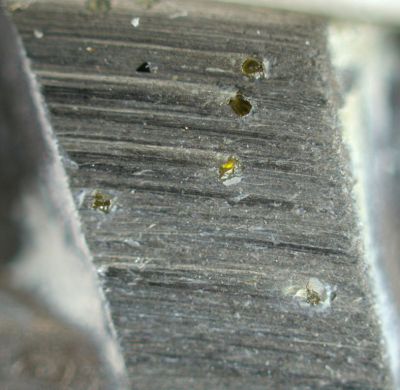
Exploiting very hard materials in machine tools enhances durability, decreasing maintenance and repair costs and ensuring robustly reliable products of high quality. A novel laser-processing platform will support EU leadership in diamond-based tools.
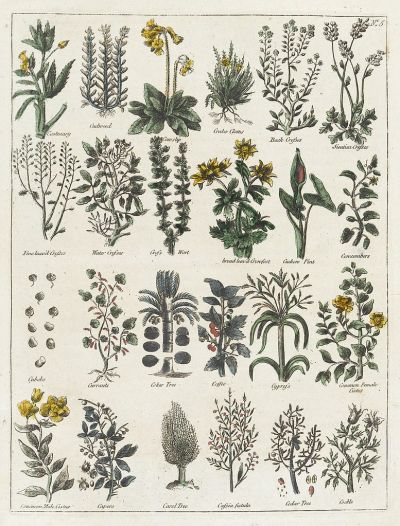
Purity is paramount for any medicinal product. EU research is developing a DNA test for production of plant-based preparations.

Little tabs off the trailing edge of helicopter rotor blades that can be positioned according to flight conditions promise better lift and lower fuel consumption. EU-funded scientists are developing demonstrators of the related structural and control technologies.
























